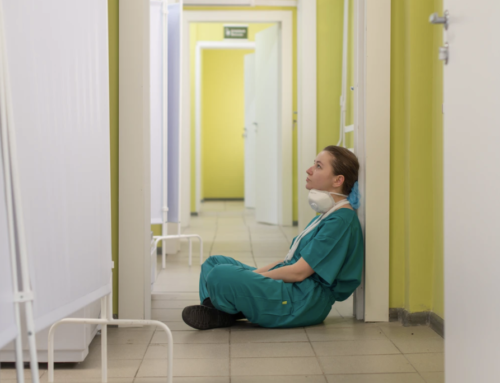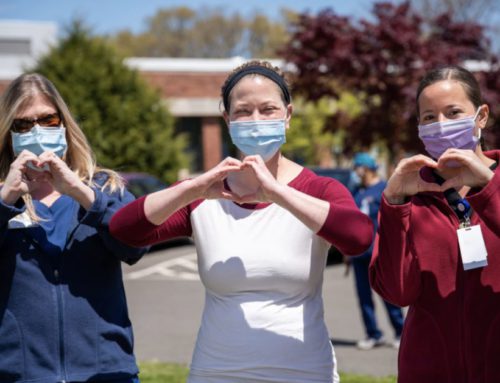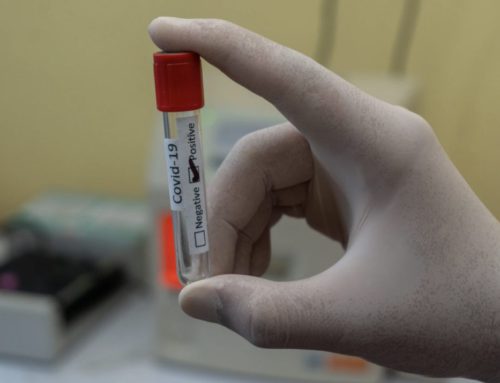With teacher strikes happening and many students and teachers already requiring a 14-day quarantine after physically being back to school, the country is holding its breath while wondering: is face-to-face instruction really the best choice right now?
At the moment, the jury is hung. After months of digital learning and an uneventful summer, teachers and staff are ready to get back to action and see their students again. Yet, they know the risks are high. Parents are definitely ready to send their children off to school after a monotonous few months, although some are wary of what that may mean. Opinions are running rampant on the issue and tension is high in the world of education, politics, and healthcare.
How can people know the risk within their own communities?
Individuals can easily track the pandemic via online data trackers, such as the one NPR provides on their website. By looking at the updated data on various maps, charts, and graphs, it is obvious that our country is nowhere near done with COVID-19. Although some states have leveled off, many are continuing to rise in cases. This poses a concern for parents and teachers as children head back to school for the fall semester.

But children can’t get the coronavirus, correct?
I heard that they can get it but do not have any symptoms…so what’s the big deal?
Children are going to get it regardless—so send them back to school where they need to be!
Surely you’ve heard variations of these questions or statements.
Let’s clear some things up.
According to the Centers for Disease Control and Prevention (CDC):
- While children are at a lower risk of developing COVID-19 symptoms, they still can contract the virus and pass it on to others unknowingly.
- More and more children have been developing Multisystem Inflammatory Syndrome, which has been proven to be associated with COVID-19. This is serious and can be deadly.
Children live with their families. If a family member is positive for COVID-19 and the child brings it to school, they could potentially infect dozens of others in one day, as well as causing even more to self-quarantine.
Just take the recent event at a Georgia high school for example. After only a week in session, 925 students and teachers have been made to quarantine and the school will not reopen until Aug. 31.
They’re [teachers] terrified,” Ms. Wicker, a Georgia teacher said in a New York Times article. “They’re being asked, literally, to risk their lives.”
At the moment there is not much that can ease Ms. Wicker’s mind.
Until permanent decisions can be made, or until trial and error happens, the country won’t know for certain if face-to-face instruction is entirely safe for schools and the communities in which they are in.
It looks like only time will tell. Until then—we will keep holding our breaths.



